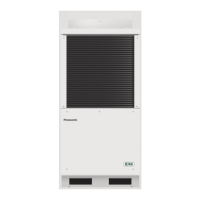
Do you have a question about the Panasonic OCU-CR1000VF8A and is the answer not in the manual?
Safety guidelines for installing the unit, covering foundation, securing, and protective measures.
Safety precautions for electrical wiring, grounding, and circuit protection to prevent shock and fire.
Guidelines for safe operation, including user restrictions and handling precautions.
Procedures and precautions for disassembly, repair, and component replacement by qualified personnel.
Guidelines for safe disposal of the unit and old equipment, adhering to environmental regulations.
Details of optional accessories available for the unit, including model numbers and applications.
Details of climatic classes and corresponding temperature, humidity, dew point, and water vapour mass.
Detailed electrical and performance specifications, including power source, current, and cooling capacity at various temperatures.
Key precautions for installing the unit, emphasizing CO2 refrigerant compatibility and piping integrity.
Considerations for choosing an appropriate installation site, including neighbor disturbance, stability, ventilation, and wind direction.
Visual guidance on required clearances and configurations for various installation scenarios.
Guidelines for selecting suction and liquid line sizes for CO2 refrigerant, considering pressure and flow.
Detailed steps for charging refrigerant, including preparation, initial/additional charging, and charge amount calculation.
Essential safety measures for electrical wiring, including grounding and circuit separation.
Schematic representation of the unit's electrical connections, including control and power circuits.
Essential checks before starting operation, including wiring, voltage, and insulation resistance.
Overview of control PCB functions, switches, LEDs, and display elements for setting and monitoring.
Details on protective mechanisms, inverter functions, and defrosting control for safe and efficient operation.
Procedures for adjusting refrigerant quantity and checking oil levels for optimal unit performance.
Information on alarm systems, external alarms, and descriptions of various abnormality alarms.
Guidelines for contacting specialty companies for scheduled maintenance and inspection services.
General steps to take when a component fails, emphasizing diagnosis, repair, and safety precautions.
Table of error codes, their meanings, causes, and correction methods for diagnosing unit failures.
Details on compliance with PED directive and information presented on the unit's rating nameplate.
Information on pressure equipment covered by Australian WHS regulation, including design registration.
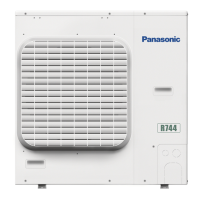
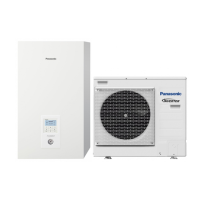
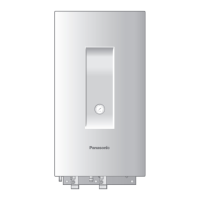
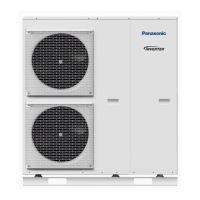
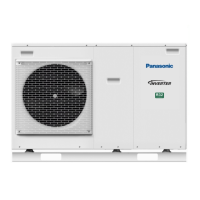
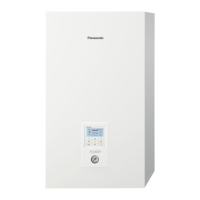
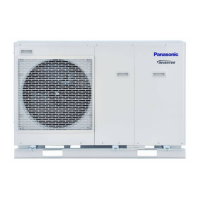
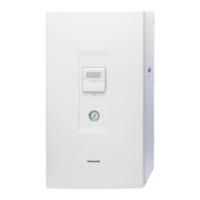
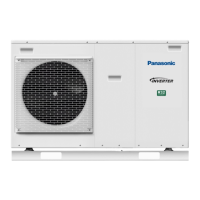
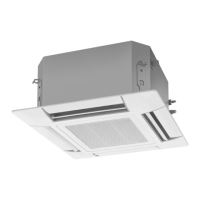
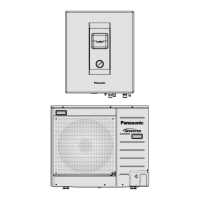
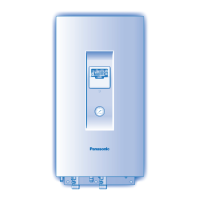
